“Since he is of no use anymore, there is no gain if he lives and no loss if he dies.”
I stood at the Killing Fields of Phnom Penh, staring at the mass graves beneath my feet. The air was still. The silence, unnerving.
It was one thing to read about Cambodia’s dark past, but another to stand on the very soil where nearly 2 million people perished under the Khmer Rouge.
If you're wondering whether to visit the Killing Fields, the answer is yes — but be prepared. This is not just a historical site; it’s a confrontation with the darkest side of humanity.
In this guide, I’ll share what to expect, why this visit matters, and how to approach it with respect.
Why Visit the Killing Fields Phnom Penh?
I hesitated before visiting the Killing Fields. I’d read about Cambodia’s past, seen documentaries, and even spoken to locals who lived through the Khmer Rouge regime — but nothing could truly prepare me for the weight of standing on the very ground where so many people lost their lives.
The Killing Fields are not just a historical site — they are a chilling testament to the horrors of unchecked power. This is where history is etched into the land — where fragments of bone still rise from the soil after heavy rain, where the silence carries echoes of stories left untold.
A Memorial That Demands Reflection
The Killing Fields serve as one of the most haunting reminders of what ideology and fear can do to a society.
Walking through the mass graves, seeing the towering Memorial Stupa filled with over 5,000 skulls, and reading survivors’ stories forced me to confront the true scale of the Khmer Rouge’s brutality.
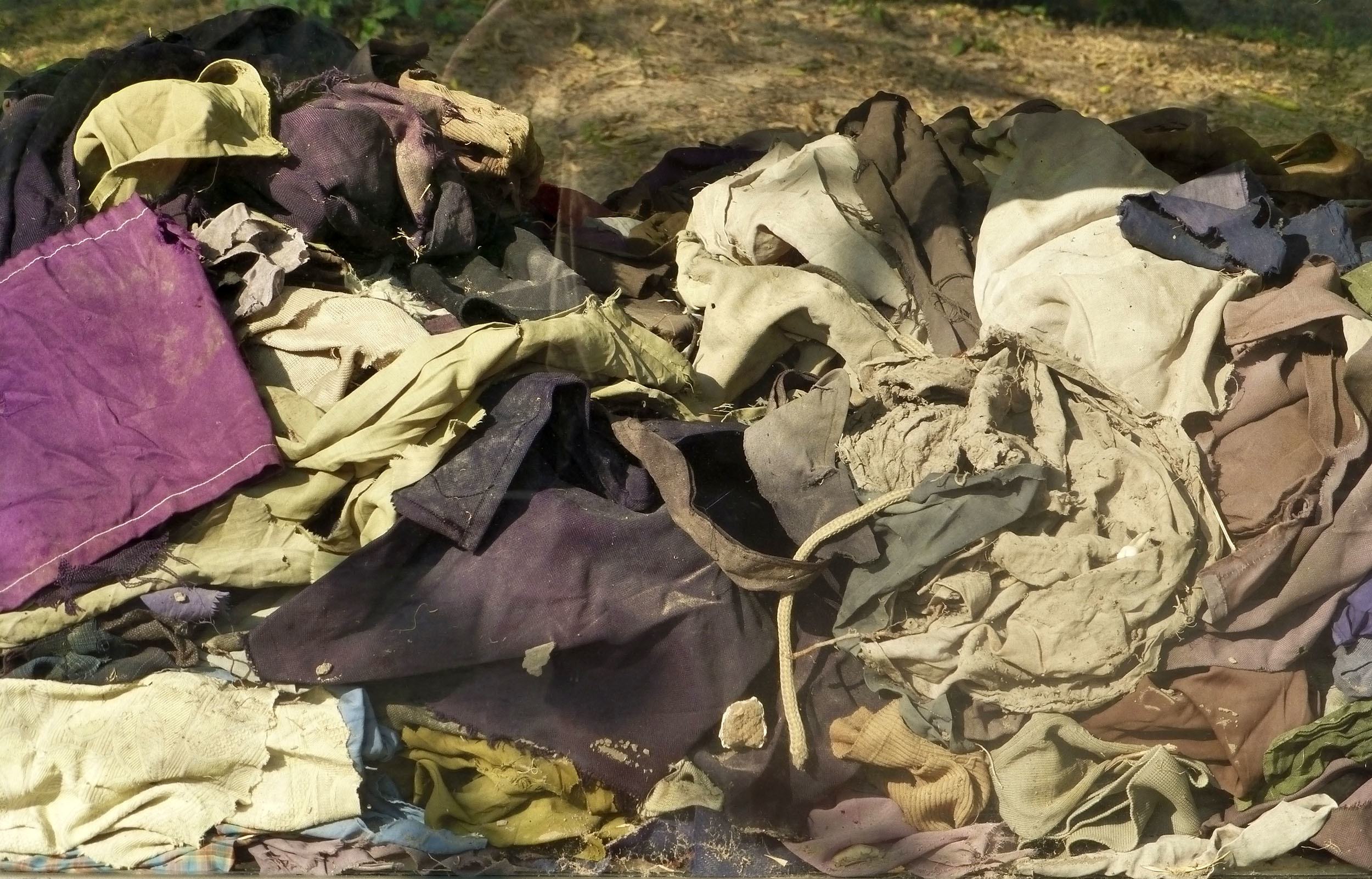
Yet, amid the horror, I also found something else — a reminder of Cambodia’s strength. The country has not erased its past but instead chosen to educate future generations, ensuring such atrocities are never repeated.
An Emotional Yet Necessary Experience
This is not an easy visit, and it shouldn’t be. I remember standing by the Killing Tree, where executioners brutally murdered infants, feeling an anger that burned deep.
But as I walked further, I saw Cambodians paying their respects, leaving flowers, and explaining the history to their children. It wasn’t just a site of death — it was a place of remembrance and resilience.
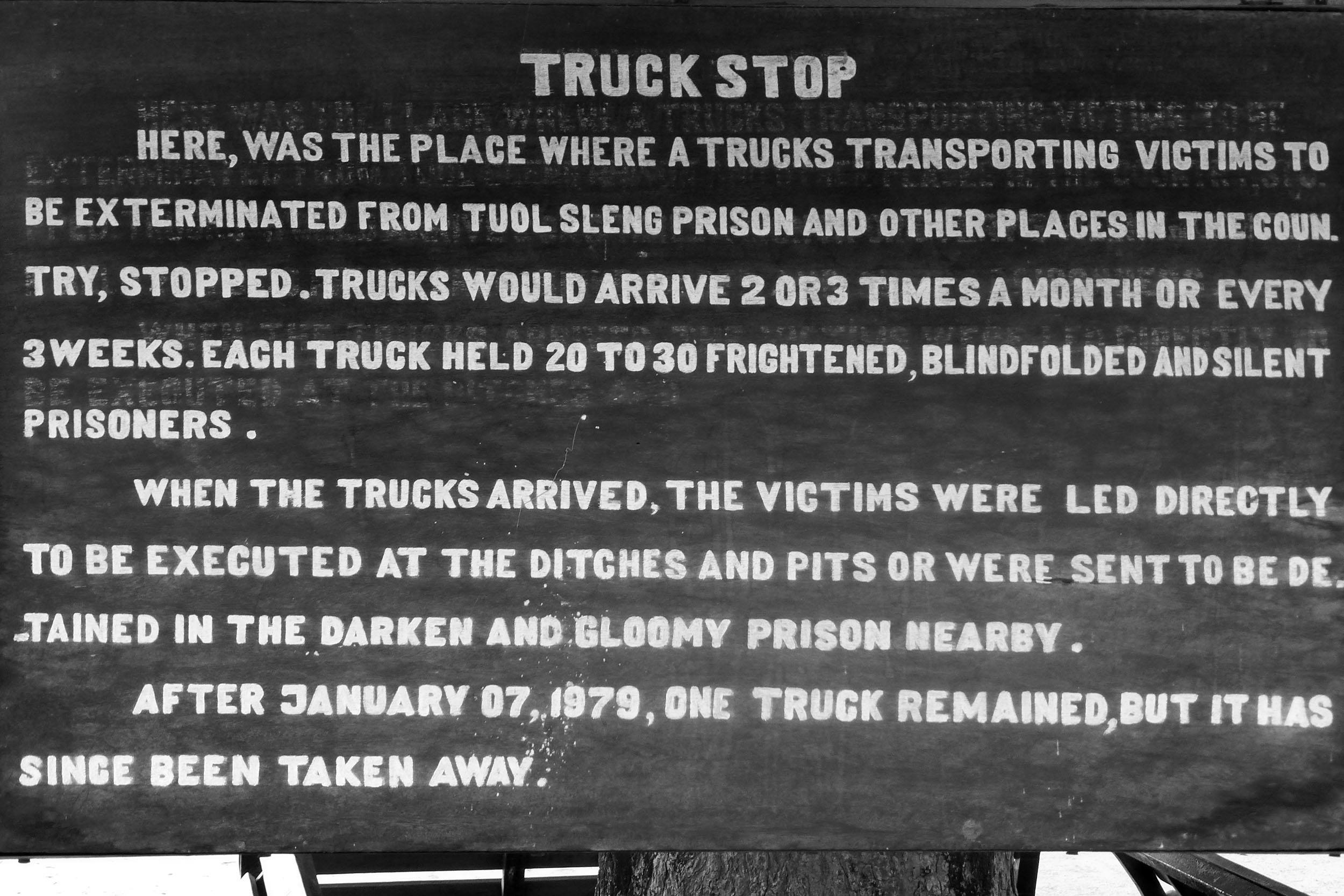
Visiting the Killing Fields is about bearing witness. It’s a history lesson you feel in your bones. It’s about recognising how fragile human dignity can be and why remembering the past matters.
The History of the Khmer Rouge & The Killing Fields Phnom Penh
Few leaders have shaped a nation’s trauma like Pol Pot, a man whose pursuit of an agrarian utopia turned Cambodia into a graveyard of its own people.
His regime didn’t just kill — it erased identity, dismantled cities, and turned life into a slow, inescapable death sentence.
Before visiting the Killing Fields, I had a general knowledge of the Khmer Rouge. I knew Pol Pot’s regime was brutal, but I didn't grasp the full scale of devastation until I walked through Choeung Ek.
Seeing the faded photographs of prisoners, their eyes hollow with fear, made it real in a way no textbook ever could.
Pol Pot’s Rise to Power
The rise of the Khmer Rouge was fuelled by war, ideology, and a desire for absolute control.
In the 1960s, Cambodia was caught between regional conflicts — the Vietnam War spilled over its borders, and Cold War politics shaped its fate. Pol Pot, once a scholarship student in Paris, became radicalised by Maoist communism and returned to Cambodia with a vision of a classless, agrarian society.
By 1975, as the Cambodian Civil War ended, the Khmer Rouge seized Phnom Penh. At first, some Cambodians believed peace had arrived. But within hours, Pol Pot’s true plan began to unfold.
Mass Evacuations & The Forced Labour Camps
Imagine waking up in your home, thinking it’s an ordinary day. By nightfall, you are forced out of the city, carrying only what you can hold.
This was the reality for Phnom Penh’s residents on April 17, 1975, when the Khmer Rouge emptied the city within 72 hours. Hospitals were abandoned mid-surgery, families were torn apart, and anyone who resisted was executed on the spot.
Within three days, the capital was a ghost town. The Khmer Rouge had cleared the entire city, claiming it was for safety, but in reality, it was a way to dismantle urban society.
Intellectuals, doctors, teachers — anyone with an education — were seen as a threat to Pol Pot’s vision. Even wearing glasses was enough to mark someone for execution.
I thought about how quickly life can change. A city full of life and culture, turned into an abandoned shell overnight. The people were sent to collective farms and labour camps, where starvation and overwork became weapons of control.
One survivor later recalled the horrors of those first days under the Khmer Rouge:
“The Khmer Rouge kept chasing us to walk. I saw the Khmer Rouge’s trucks ran over corpses lying on the road, flattening the bone, flesh, hair, jaws, and ears. Corpses were all over the road.”
The systematic dehumanisation began immediately.
Choeung Ek: The Most Infamous Killing Field
Choeung Ek, 16 km outside Phnom Penh, became one of the most infamous execution sites. The Tuol Sleng prison (S-21) served as a torture centre, where prisoners were interrogated before being sent to their deaths here.
Walking through Choeung Ek, I saw the Memorial Stupa, filled with over 5,000 skulls, each bearing the scars of brutal execution methods. The Khmer Rouge didn’t waste bullets — they used blunt weapons, machetes, and even farming tools to carry out mass killings.
Walking Through the Choeung Ek Killing Fields Phnom Penh: What to Expect
No amount of research prepared me for what I felt as I walked through Choeung Ek. The site, now peaceful, carries an invisible weight — one that seeps into your skin as you take each step. The birds chirp, the trees sway, and yet, there’s a silence that speaks louder than any sound.
The Memorial Stupa & Mass Graves
The first thing you notice is the Memorial Stupa, a towering glass structure filled with over 5,000 skulls — each one marked by trauma. Some show cracks from blunt force, others have holes from bayonets.
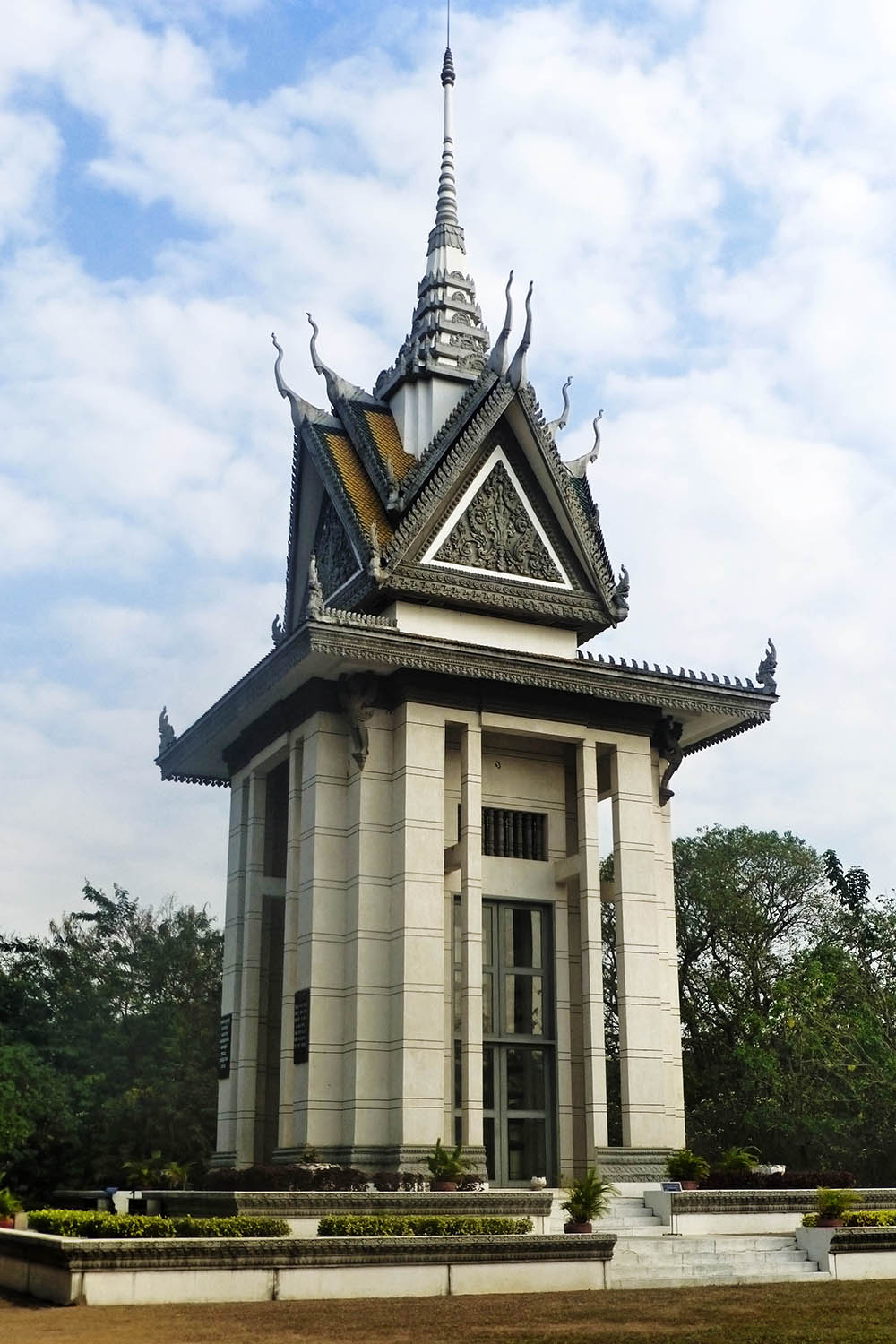
Standing before it, I felt an eerie connection to the past. These weren’t just statistics in a history book; these were people, each with a life, a family, and a story that ended far too soon.
As I wandered through the fields, I saw mass graves, some marked, some barely distinguishable from the earth. One of the largest pits held 450 bodies, another still revealed fragments of bone after heavy rains. I found myself staring at the ground, wondering whose remains lay beneath my feet.
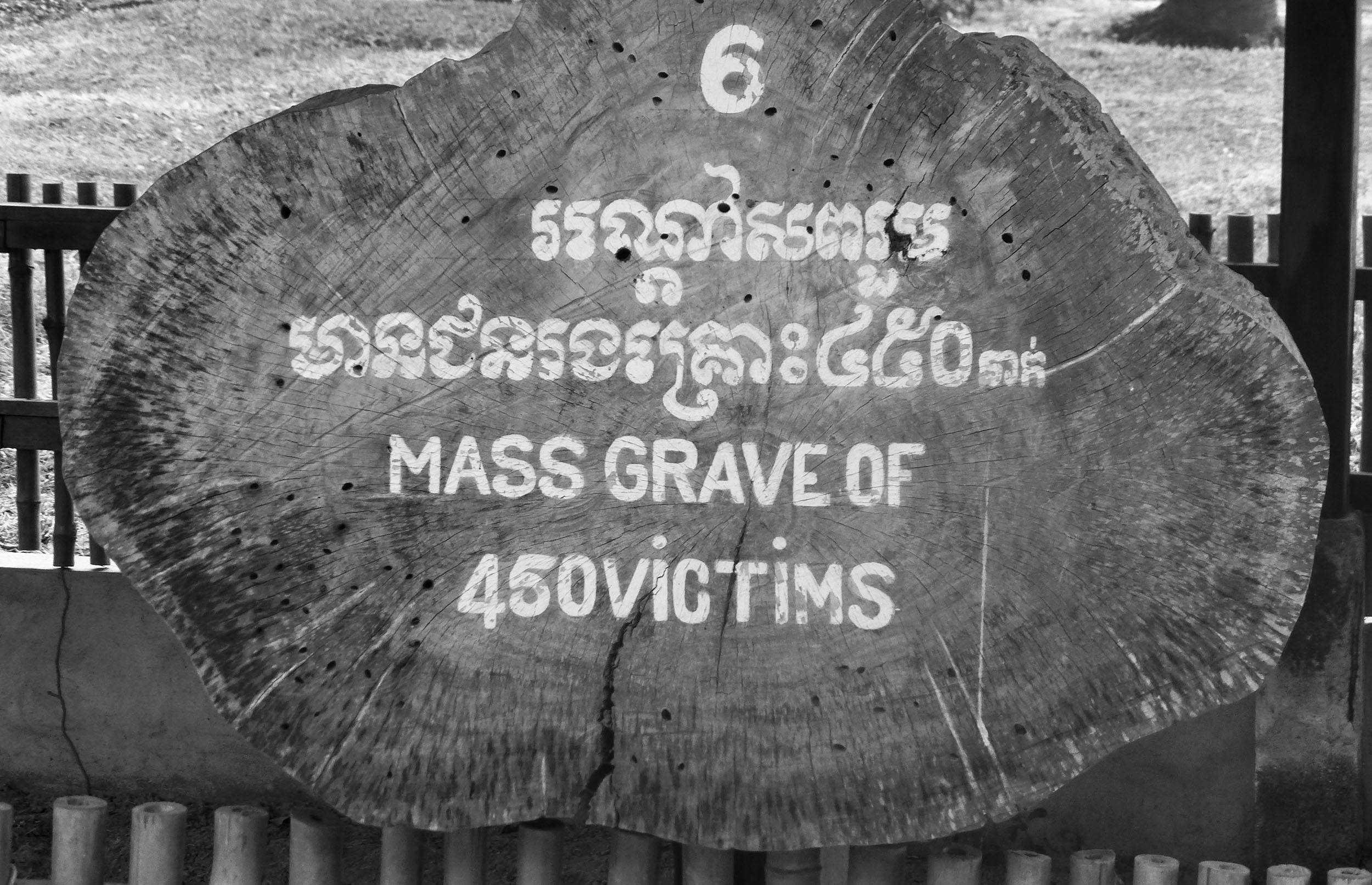
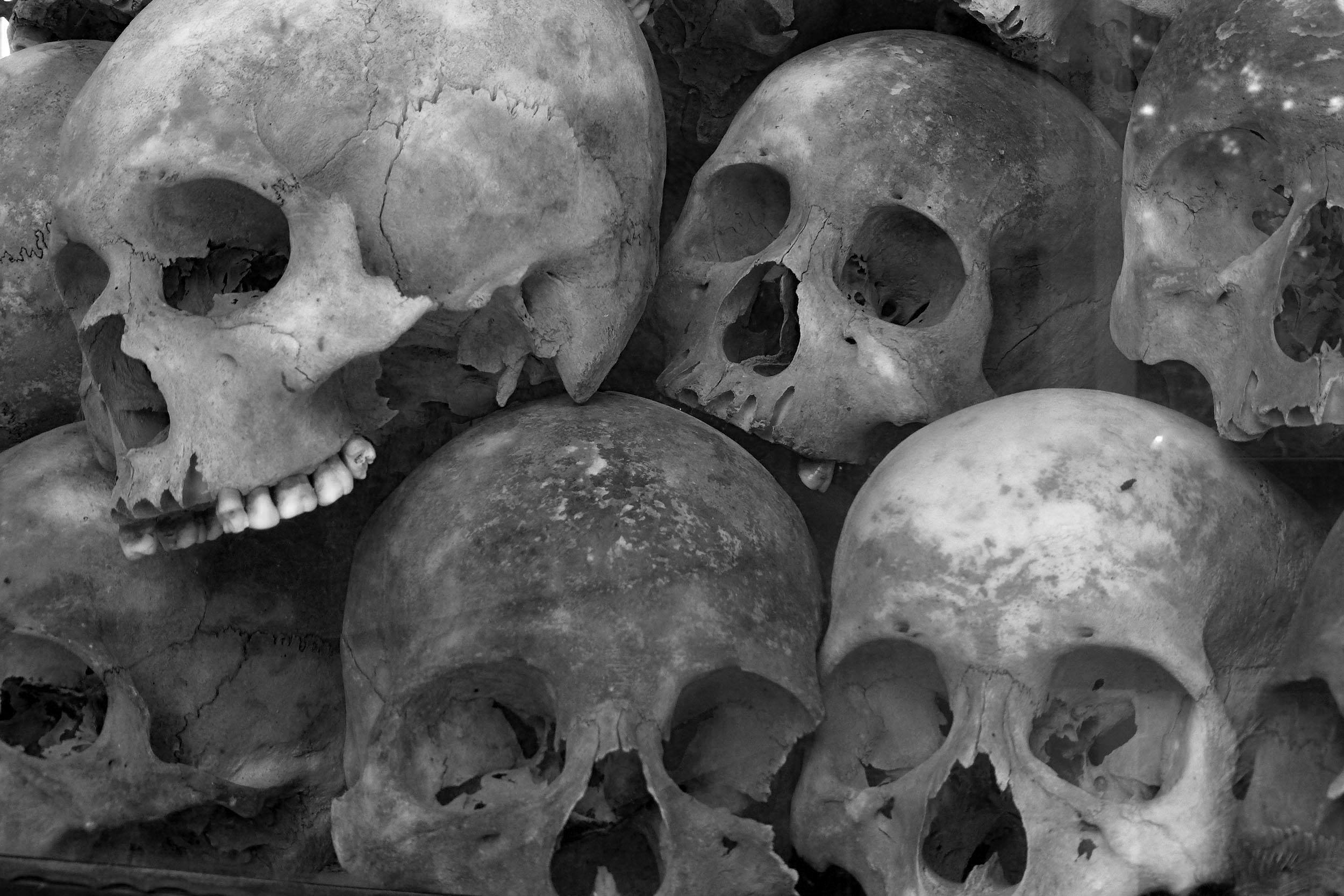
One survivor, detained at Tuol Sleng (S-21), described his experience:
“I wonder why I was brought to Tuol Sleng. I suspect that somebody might have accused me. I was beaten up, electrically shocked, and whipped with a bunch of sticks.
My back was wounded all over; I was in too much pain. I was accused of being a CIA, while I never joined in any CIA. I did not know who brought me into CIA; I have no ideas at all.
It was so dark that I did not know anything. I am so wondering why I was accused of joining CIA.”
Hearing these words while standing in a place where many of Tuol Sleng’s prisoners were executed was overwhelming.
The Killing Tree and Other Haunting Reminders
Pieces of victims' clothing still surface in the soil — bright scraps of fabric peeking through the dirt, remnants of those who were once here. I found myself slowing down, taking it all in, feeling a deep sense of sorrow but also anger.
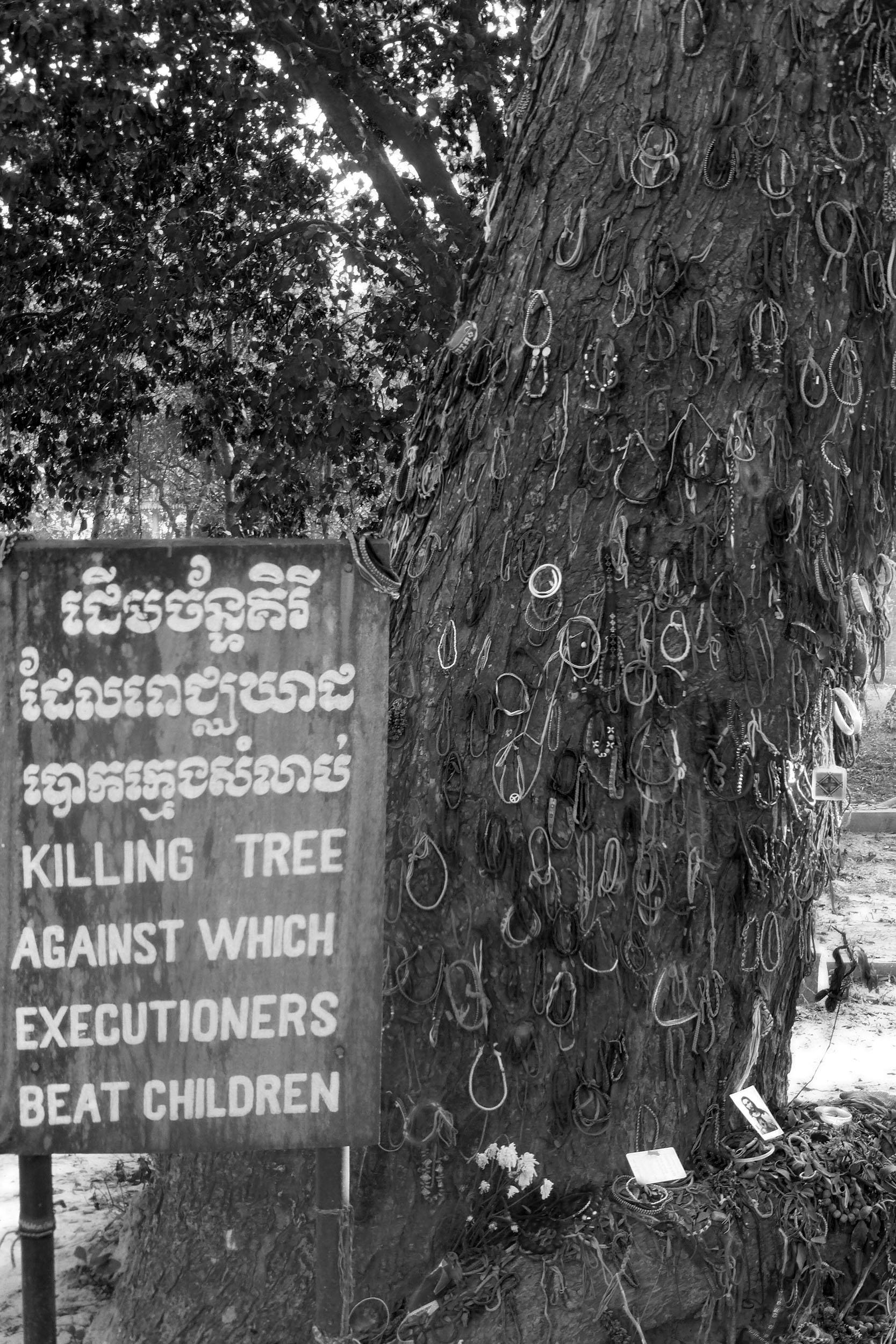
One of the most chilling spots was the Killing Tree. Babies were smashed against its trunk, their cries drowned out by propaganda music played over loudspeakers. It was here that I truly felt the weight of history.
How could something like this happen?
The Audio Guide & Survivor Testimonies
One of the most impactful parts of my visit was listening to the audio guide. It’s narrated by a survivor, and as he speaks, you walk through the site, hearing stories of what happened in each section.
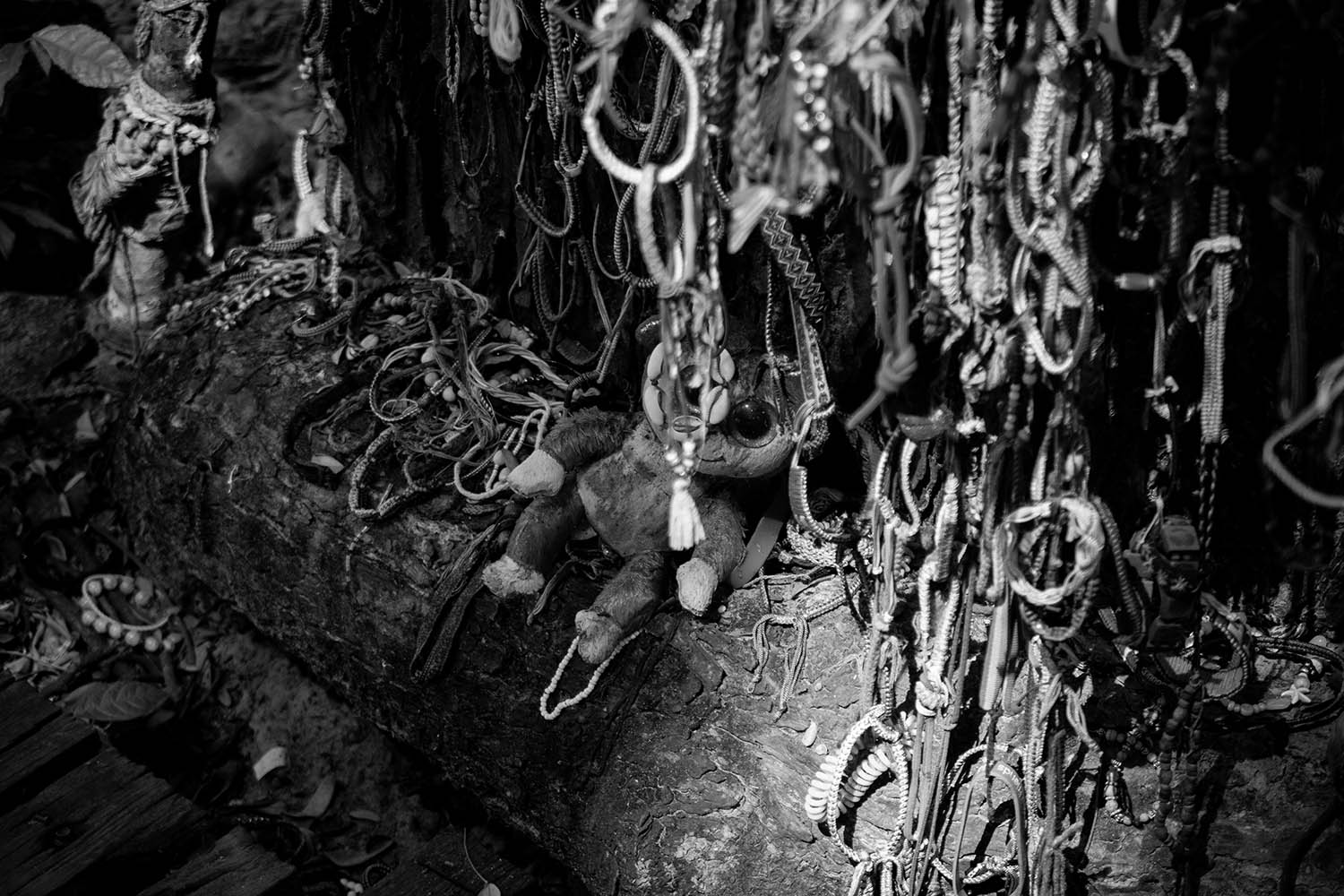
The most haunting part? The descriptions of propaganda music blasting through speakers, drowning out the sounds of executions so no one in the city could hear the screams.
At one point, I closed my eyes and tried to imagine what this place sounded like in 1978 — a mix of eerie revolutionary songs and the cries of the condemned. It made the silence today feel deafening.
Is Visiting the Killing Fields Phnom Penh Ethical?
Before visiting, I wrestled with the question: Am I just a spectator to suffering? Would my presence feel intrusive, or would it serve a purpose?
But as I stood in silence at Choeung Ek, it became clear — this place exists to be remembered.
Visiting the Killing Fields isn’t about morbid curiosity. It’s about acknowledging history, honouring victims, and ensuring their stories are never forgotten.
But there’s a right and a wrong way to approach it.
How to Approach the Visit Respectfully
This isn’t a tourist attraction — it’s a memorial site, and it should be treated as such.
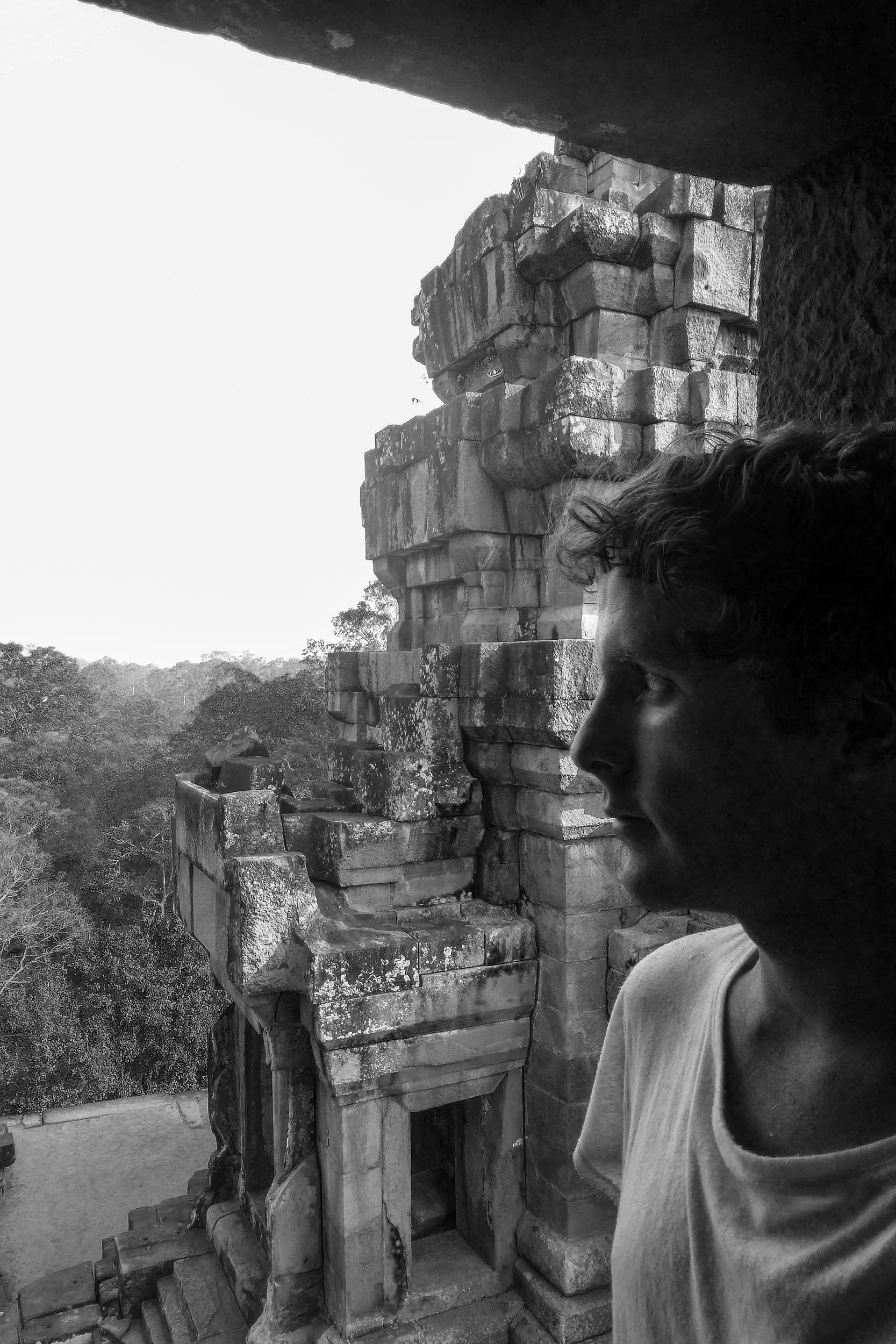
While walking through the grounds, I noticed some visitors taking selfies, laughing, or posing as if they were at an ordinary landmark. It felt wrong.
Here’s how to visit with respect and sensitivity:
✅ Dress modestly – Wear appropriate clothing as a sign of respect. Avoid shorts, tank tops, or revealing outfits.
✅ Maintain silence – This is a place of mourning. Keep conversations quiet and reflective.
✅ Be mindful with photography – Taking photos is allowed, but avoid posing, smiling, or being intrusive. Some areas, like the Memorial Stupa, deserve a moment of reflection rather than a snapshot.
✅ Listen and learn – The audio guide provides survivor testimonies. It’s one of the most impactful ways to understand what happened here.
Balancing Dark Tourism with Education
Some argue that visiting places like the Killing Fields is dark tourism, where tragedy becomes a spectacle. But this visit isn’t about shock value — it’s about understanding and remembrance.
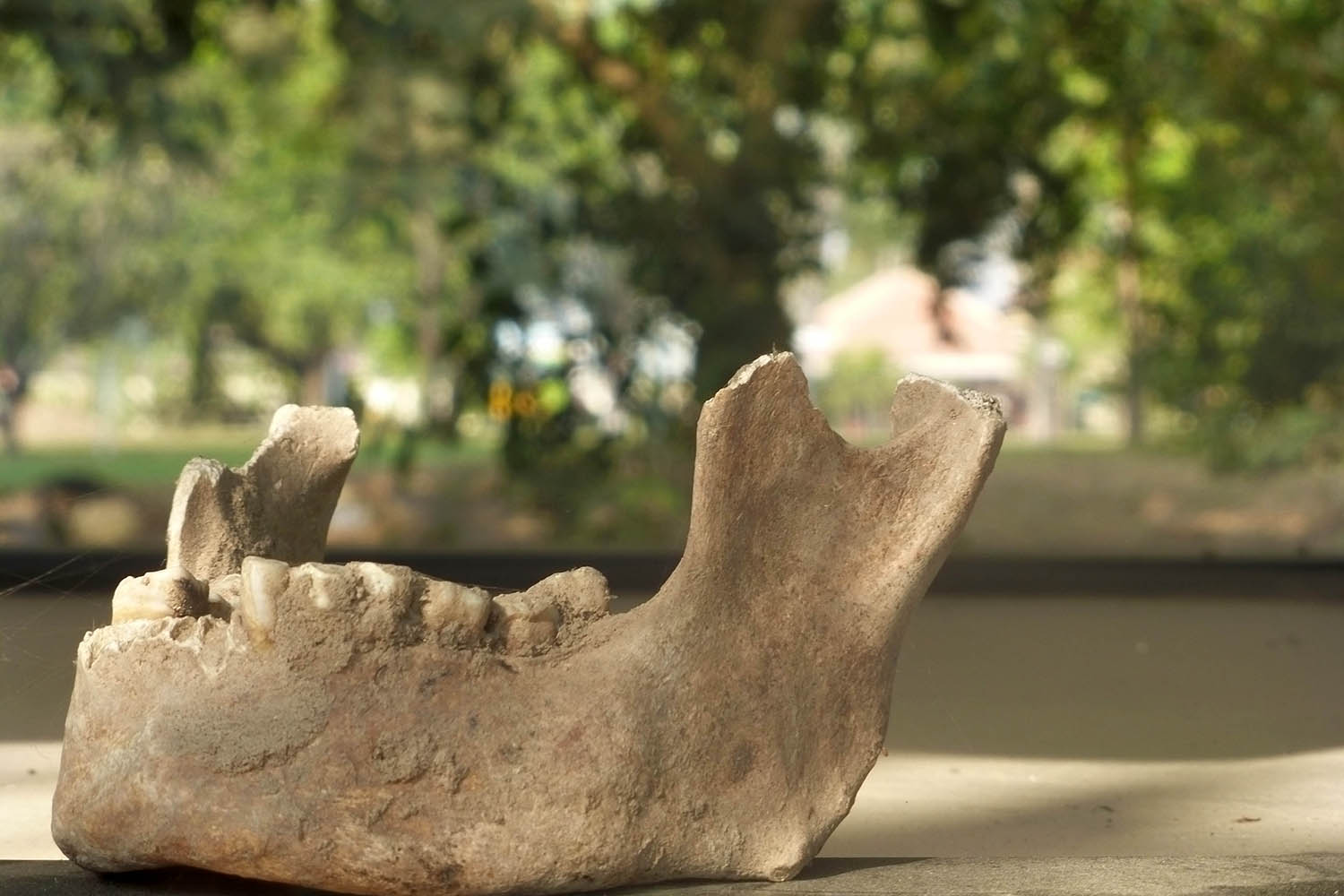
“I did not join the resistance movement to kill people, to kill a nation. Look at me now. Am I a savage person? My conscience is clear.”
This statement, made by a former Khmer Rouge cadre, reflects the complexity of Cambodia’s past. Many lower-ranking members were coerced into following orders, fearing execution themselves.
Understanding this nuance is critical to grasping the full scope of the Khmer Rouge’s impact.
I reflected on why sites like this must be preserved:
- History must be confronted, not ignored. Cambodia is still healing, and remembering these events helps prevent them from happening again.
- Survivors want their stories told. Many Cambodians encourage visitors to learn about their past — it’s a way of ensuring those lost are never erased.
- This isn’t just Cambodia’s history — it’s humanity’s history. The horrors of genocide have happened before and could happen again. Seeing it firsthand makes the dangers of totalitarianism and unchecked power feel real.
Walking out of Choeung Ek, I felt the weight of what I had seen. The Killing Fields aren’t there to shock or entertain — they exist to educate, to mourn, and to remind us of what must never be repeated.
Practical Travel Tips for Visiting the Killing Fields Phnom Penh
Visiting the Killing Fields is an essential but emotional experience in Phnom Penh. While it’s not difficult to reach, planning ahead ensures a more respectful and meaningful visit.
Here are a few things you need to know.
Location & How to Get There
📍 Where is it?
The Choeung Ek Genocidal Centre (the Killing Fields) is located 16 km south of Phnom Penh. It takes around 30-40 minutes to reach from the city centre.
🚖 Best transport options
- Tuk-tuk/remork-moto: The most common option (~US$10-$15 round trip). You can negotiate with the driver to wait for you.
- Taxi/Grab: A more comfortable option (~US$15-$20 round trip). Grab works well in Phnom Penh.
- By Bus: Bus line 2 operates from central Phnom Penh (along Mao Tse Tung Boulevard) all the way to Kandal Province, stopping at Ta Khmao which is 12 km from Choeung Ek Killing Fields. You will still need to take a tuk tuk/remork-moto from the bus stop to the site. Buses operate between 5:30am and 8.30pm and they generally run every 10 minutes.
- Group tour: Includes hotel pickup and a guide, which adds context to the visit.
I chose a tuk-tuk/remork-moto for the journey, as it gave me the chance to take in the scenery at a more relaxed pace. The ride itself serves as an introduction to rural Cambodia, offering a glimpse into daily life beyond Phnom Penh’s bustling streets.
However, some drivers may unintentionally take the wrong route, either due to unfamiliarity with the area or simple navigation errors. To avoid unnecessary detours, it’s a good idea to use a navigation app while in the backseat to ensure you're heading in the right direction.
There is a giant stupa of buddha that marks the site - useful to know if you are taking a tuk tuk/remork-moto or taxi and the driver is unaware of the location.
Entry Fees, Museum & Opening Hours
⏳ Opening hours: 7:30 AM - 5:30 PM (last entry at 5:00 PM)
🎟️ Entry fee: $6 USD (includes an audio guide, which is highly recommended)
The audio guide is incredibly well done, offering first-hand survivor testimonies and historical context. It’s available in multiple languages and enhances the experience significantly.
📽️ Small museum & documentary screening
Inside the site, there’s a small museum that screens a documentary featuring original footage from when the mass graves were discovered, including images of human remains. I found it worthwhile from an educational perspective, as harrowing as it was.
🌸 Flowers for remembrance
Visitors can purchase flowers near the Memorial Stupa as a gesture of respect for the victims.
Best Time to Visit & What to Bring
☀️ Best time to visit
- Early morning (7:30-10:00 AM) – Fewer crowds, cooler weather, and a more reflective atmosphere.
- Late afternoon (4:00-5:30 PM) – Less busy, but you may feel rushed before closing.
- Avoid midday (11:00 AM - 2:00 PM) – Extremely hot, making it harder to focus on the experience.
🎒 What to bring
- Water – There’s little shade, and Phnom Penh gets hot.
- Comfortable shoes – The paths are unpaved and slightly uneven.
- Modest clothing – Out of respect, avoid shorts, tank tops, or revealing outfits.
- Tissues – You may find yourself unexpectedly emotional.
I went in the morning, and it felt like the right choice — the cooler air and quieter atmosphere allowed me to take in the experience without distractions.
FAQs About Visiting the Killing Fields Phnom Penh
Planning a visit to the Killing Fields? Here are answers to some common questions to help you prepare for this deeply moving experience.
1. Is visiting the Killing Fields disturbing?
Yes, it’s an emotional and sobering experience. The site presents the harsh realities of Cambodia’s history, but it’s done with dignity and respect. Be prepared for a heavy visit, but one that deepens your understanding of the country’s resilience.
2. How much time should I spend at the Killing Fields?
Most visitors spend 1 to 1.5 hours walking through the site and listening to the audio guide, which is highly recommended for a deeper experience.
With that in mind, I'd reserve at least 2.5 hours for the trip, including travel time and exploring the site in detail.
3. Is it better to visit the Killing Fields alone or with a guide?
The audio guide (included in the entry fee) provides survivor testimonies and detailed historical context, making it an excellent option for solo visitors like me. However, a private guide can offer more personal insights and answer questions.
4. Can I take photos at the Killing Fields?
Yes, but be mindful. Avoid posing, selfies, or excessive photography — this is a place of remembrance, not tourism. Some areas, like the Memorial Stupa, are best experienced in quiet reflection rather than through a lens.
5. What should I wear when visiting the Killing Fields?
Dress respectfully — covering shoulders and knees is recommended. While there’s no strict dress code, this is a memorial site, and dressing modestly shows respect for those who lost their lives here.
6. Is there food or water available on-site?
There are no food stalls inside the Killing Fields. Bring your own particularly if visiting during the hot midday hours.
7. Is it worth visiting Tuol Sleng Genocide Museum on the same day?
Yes. The Tuol Sleng Genocide Museum (S-21) in central Phnom Penh was a former torture prison where many prisoners were held before being executed at the Killing Fields. Visiting both in one day provides a full picture of the Khmer Rouge’s atrocities, but it can be emotionally overwhelming.
Conclusion: Why This Visit Matters
I left the Killing Fields with a heavy heart, yet a deeper appreciation for Cambodia’s resilience. Walking through Choeung Ek, seeing the remnants of those who perished, and hearing survivor testimonies made history feel immediate, not just words in a textbook.
This visit is not about voyeurism — it’s about remembrance. The Killing Fields are a stark reminder of what unchecked power and ideology can do, but they also highlight the strength of a nation that refuses to be defined by its darkest chapter.
Cambodia today is vibrant, welcoming, and full of life. Visiting the Killing Fields doesn’t diminish that — it enhances it. Understanding the past is essential to appreciating how far the country has come.
If you’re visiting Phnom Penh, make time for this experience.
It’s confronting, heartbreaking, and necessary.
